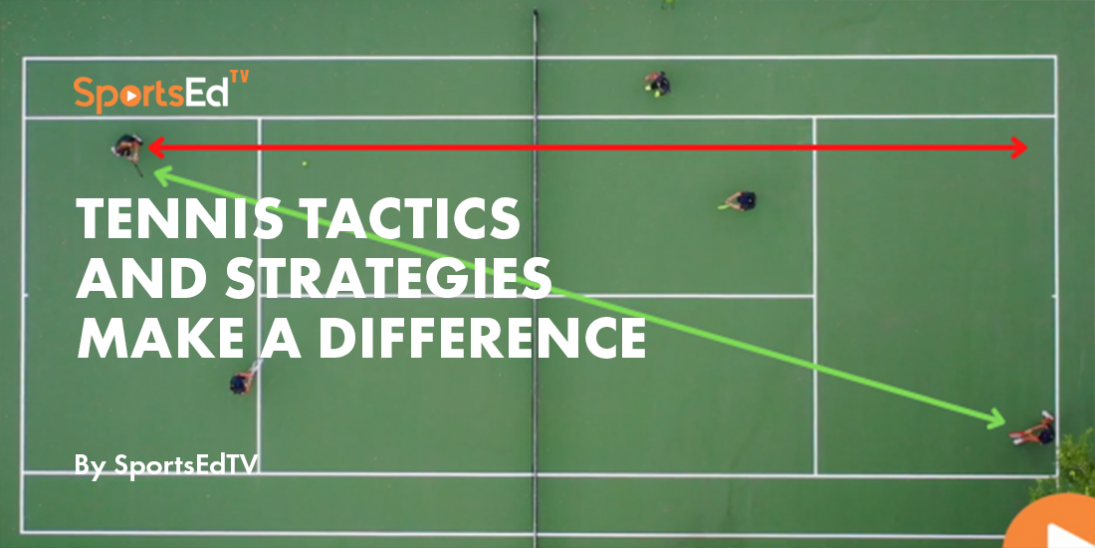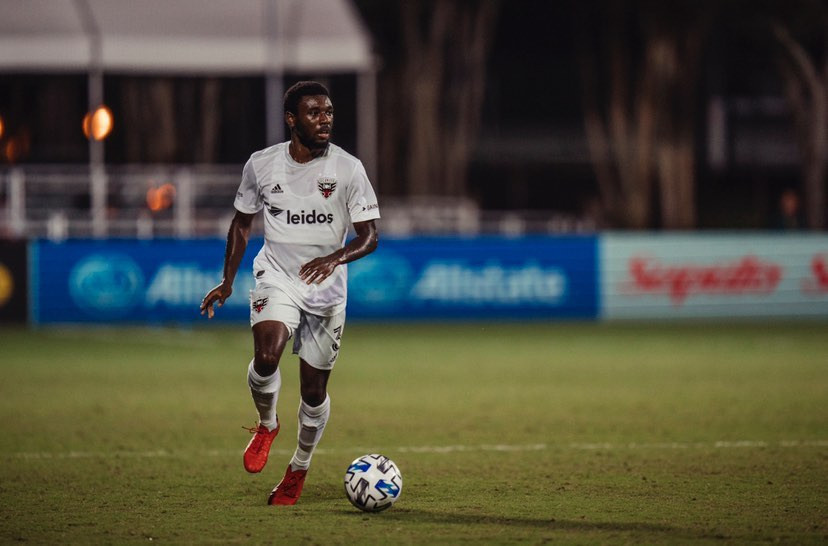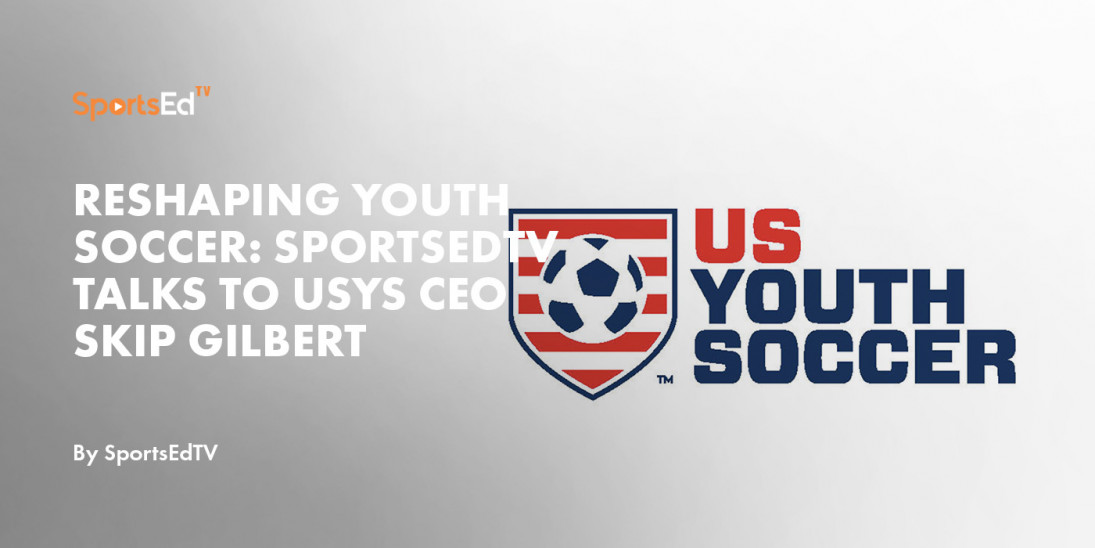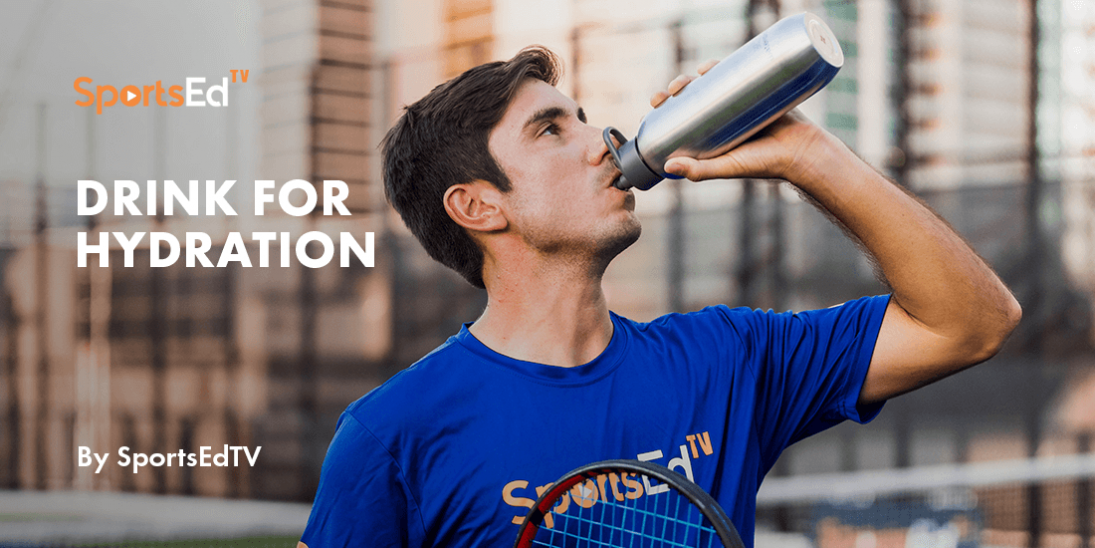Tennis
Welcome and thanks for visiting...

Tennis Tactics and Strategies Make A Difference

Tennis players always need to be ready to fight change and unexpected conditions. The best tennis players always have their tennis strategy for singles well defined. If the best always come prepared with a plan, it is a good idea to do the same at all levels of play to maximize strengths and attack the opponent's weaknesses.
Every tennis ball that is hit is different. Different spin. Different speed. Different bounces. Different heights and heaviness. And every tennis match is different.
Why is it important to understand tennis tactics and tennis strategies?
For this reason, you need to be able to use different approaches for every match or even set within a match you play. Tennis strategy for singles and tactics are topics discussed by a coach with advanced players who have already learned technique, can rally, and are ready to start competing in the face of changing situations.
This blog will provide you with insights about tennis strategy for singles, &; tactics for tennis, what they are, and how to best use them during a match.
Tennis Strategy & Tennis Tactics at the Amateur Level
At any level, individuals playing tennis can benefit from implementing the right tennis strategy for singles and tactics when playing a match. It is not always the strongest player who wins a tennis match, but the one that is performing better that day and is implementing the right strategies to neutralize the opponent's weapons.
Can tennis strategy affect the outcome of a tennis match?
Especially at the amateur level, implementing a simple tennis strategy can improve the match's result. For example, think about how many times you played a match, focusing on hitting the ball hard instead of hitting the right ball and the correct target.
The bias that the harder you hit, the better is a myth. Some players progressively hit every ball harder than the previous one, thinking that strength will earn them the point, but this is not always the case. Hitting every ball harder and harder close to your maximum power increases the chances of making an unforced error because of the risk you are taking playing low percentage tennis, and, secondly, reduces your capability to maintain high energy levels throughout the match.
Smart players play high-percentage tennis and play to take control of the point first.
Here is a brief example of a simple tennis strategy for singles and high-percentage tennis that could improve your success rate: focus on playing on your opponent's weakest shot.
Statistically, the forehand is the player's favorite and strongest shot, making the backhand the weakest shot, even though there are always exceptions to the rule.
Another easy tip that you can put in place is when playing against a one-handed backhand player, try to hit balls with a lot of topspin, two feet over the net. Consequently, depending on the level of your opponent, there are high chances that after one or two backhands, he will play a short enough ball from which you could take advantage of a change of direction or approach and get the net.
Tennis Strategy for Singles & Tactics at the Professional Level
At a professional level, the use of tennis strategy for singles players is critical to success. Players have excellent technical skills supported by good strength conditioning and experience. They probably played hundreds of matches per year and encountered many different opponents where more complex tennis strategy were needed.
When referring to professional players, we are referring to those who play tennis for a living and are usually above 18 years of age, with a few exceptions. If playing at a pro level by this age, they most likely have a game identity.
So let's look at Roger Federer, Rafael Nadal, Novak Djokovic, and Carlos Alcaraz. You may have noticed that they all have different game styles. They might have made minor changes to their game throughout the years, but the DNA stays the same. For instance, you will never see Roger Federer playing every point 10 feet behind the baseline, which could be more of Rafa's style, even though his game has become more offensive in the last few years than it used to be 10 years ago.
To beat your opponent at a professional level, you need to recognize your opponent's game style; for example, it could be a big server, serve & volley, baseline player, or lefty.
For instance, if he is a big server, you have to place yourself where you usually return or maybe a couple of feet back closer to the fence. Also, you might want to grip the racquet closer to the heart, as your main goal will be to block the return down the middle and start playing the point.
Especially when playing against a big server, you want to play with a racquet strung a little tighter than usual to have more control. If you win the toss, you might consider if to start serving or returning, given that you will play with new balls.
There is a high possibility that if your opponent serves well, he might opt for a serve & volley. In this case, you might want to practice a low crosscourt return, making it harder for your opponent to pick up that ball while running to the net. When serving or during the rally, you would either try to take control of the point before he does or even come more often to the net than usual to neutralize his game.
When playing against a baseline player, you will have to get mentally ready for long rallies and win every point after hitting several balls. In this case, your opponent will be comfortable playing around the baseline, so you need to do whatever is necessary to get him out of that zone.
For instance, you can use more variation in your game, hitting shots with different paces, spins, and speeds. It is very important to move him horizontally and vertically, which means inside the court or back closer to the fence. In this case, the drop shot could serve as an opportunity to bring your opponent to the net and out of his comfort zone to try to pass him or win the point with an unforced error committed by the opponent.
Lastly, we mentioned that playing a lefty could require adapting a different tennis strategy than playing a righty. For the following category, the tennis strategy varies from player to player. Let's suppose you are right-handed and playing against Rafa Nadal. The best advice would be to take control of the point before he does. Most importantly, try to open the court playing angled on his forehand crosscourt and never let him turn around to hit his forehand and dominate from that part of the court.
Also, keep in mind that you might change your targets on the first and second serve. Slice serve will be your favorite serve, and it is important to keep the first serve percentage high. You do not want to be serving wide kick serves from the add and to the "T" or middle from the duce side.
Tennis Strategy & Tactics External Factors
When dealing with tennis strategy & tennis tactics, we also refer to taking into consideration external factors. These factors could be the wind, altitude, heat, surface, equipment, balls, etc.
For instance, when playing with strong wind, the match changes completely. You need to learn how to hit the right targets and angles and use the right spin. When playing in favor of the wind, it is recommended to serve and hit with more topspin; sometimes, going to the net could be a good option to surprise your opponent. When playing against the wind, try to stay close to the baseline and not lose court in terms of space.
Altitude is another element that can affect a tennis match: playing at a high altitude is not the same as playing in a place at sea level. The speed of the ball will change noticeably! Therefore, players who love playing fast and inside the court will benefit from this, while players who like slow playing conditions may prefer playing at lower altitude levels.
Also, the heat or cold can play a role in your favor. Usually, when the weather is hot, the balls tend to go faster as they are lighter than in places where it is cold. Depending on your game style and strategies, these specific insights can help a tennis player and their team decide how to plan the season and what tournaments to play.








